Murano is an island located in the Venetian Lagoon just north of Venice, and it is an incredibly special place. This quiet, picturesque island has tall, elegant yet modest facades, simpler than the ornate lacy facades of Venice. Since there are very few tourists and only a handful of shops and restaurants, it looks as if it is frozen in time. Spending the day with Italian glass artist Michela Cattai in one of Murano’s best furnaces while she was working with a glass master (Vetreio) to create her sculptural vessels was a memorable experience.
Murano has been the mecca of Italian glass since the Middle Ages when glass had gradually became one of the most important commercial industries in the wealthy region. In Murano the art of blown glass was practiced while a distinctive and ornate style was developed and matured during the 16th century, known as the golden age of Venetian glass. It was then that Muranese glass was collected by royalty and aristocracy from the Spanish Indies to Ottoman Turkey and the island gained its international repuration. Since the early part of the 20th century, Murano had become a destination for artists and architects seeking to create contemporary art glass. Everyone went there: Gio Ponti, Tadao Ando, Ettore Sottsass, Mario Bellini, and the Campana Brothers, just to name a few of the design legends who made their way to Murano and succeeded to challenge its traditional styles. Yet, the dozens of furnaces still existed today, spread around the island produce primarily glass in the Venetian traditional and exuberant style, Murano’s touchstone. You will typically see these type of vessels sold in Venice’s souvenir shops. Consequently, the craftspeople working in Murano are skilled particularly in Muranese glassmaking techniques and vocabularies.
Milanese glass artist Michela Cattai, who calls Murano a second home create very different type of art glass which is contemporary, abstract, reflecting the zeitgeist and the world of contemporary art. She knows glass and knows it well. During her time as the Artistic Director of Venini, which ended recently, she had overseen the artistic production of one of Murano’s most legendary glass houses. In recent years, Cattai has emerged as an independent artist with her work being represented by New-York-City-based gallery Maison Gerard and collected by art and design collectors. She uses the tradition of Italian glass—the historical techniques and materials—while inventing new and forms which energizing Muranese glass. Her vessels are filled with contradictions; minimal and monochromatic yet complex, sculptural yet functional and characterized by harmonious beauty.
Cattai directs the craftspeople at the furnace with reinvigorating centuries-old methods. She breaks through technical boundaries in order to improve her vocabulary and, in the process, acts as a conductor, emotional and filled with excitement. While there is a lot of preparation done and the forms drawn on paper, ultimately it is the work of a team of craftspeople who leave their own mark on each one of her vessels. Each starts with a basic blown form on which the glass master applies gestures of glass, allowing the form to grow, layer after layer, slowly evolving into an abstract sculpture. It is not just the relationship between the artist and the glass master which matters, but also between the master and the material which comes to shape the pieces. Her vessels are ambitious and labor intensive. A full day with a glass master and his assistants produces no more than four vessels, each one different, embodying the artistic vision and virtuoso skills. Glass is a magical material. It is made of metal oxides which are mixed by the head of the furnace to achieve the color according to the specifications required by the artist, but they keep their formula secret. Standing in the furnace and watching the master at work was a memorable experience that got me thinking of the historical glass blowers of Murano who turned this small and picturesque island into the center of the world’s most refined glass.
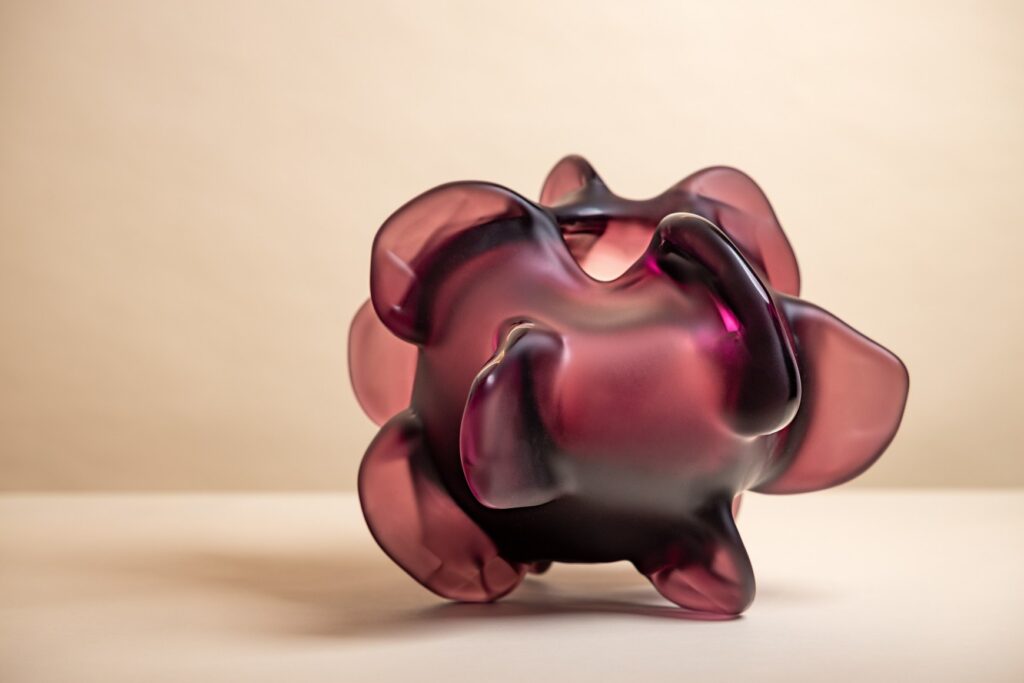
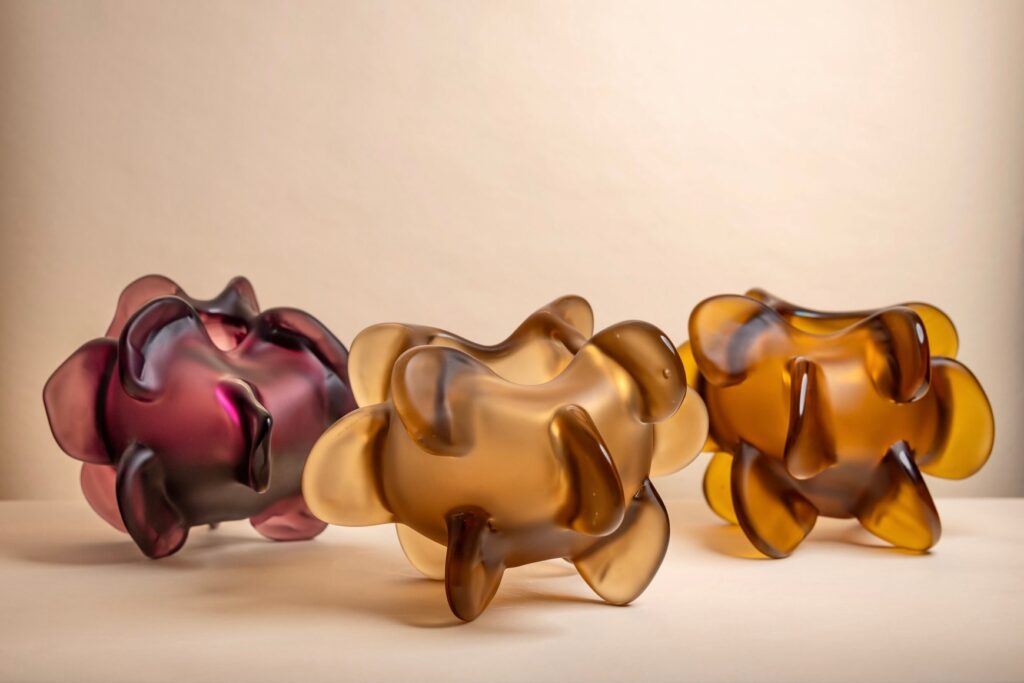
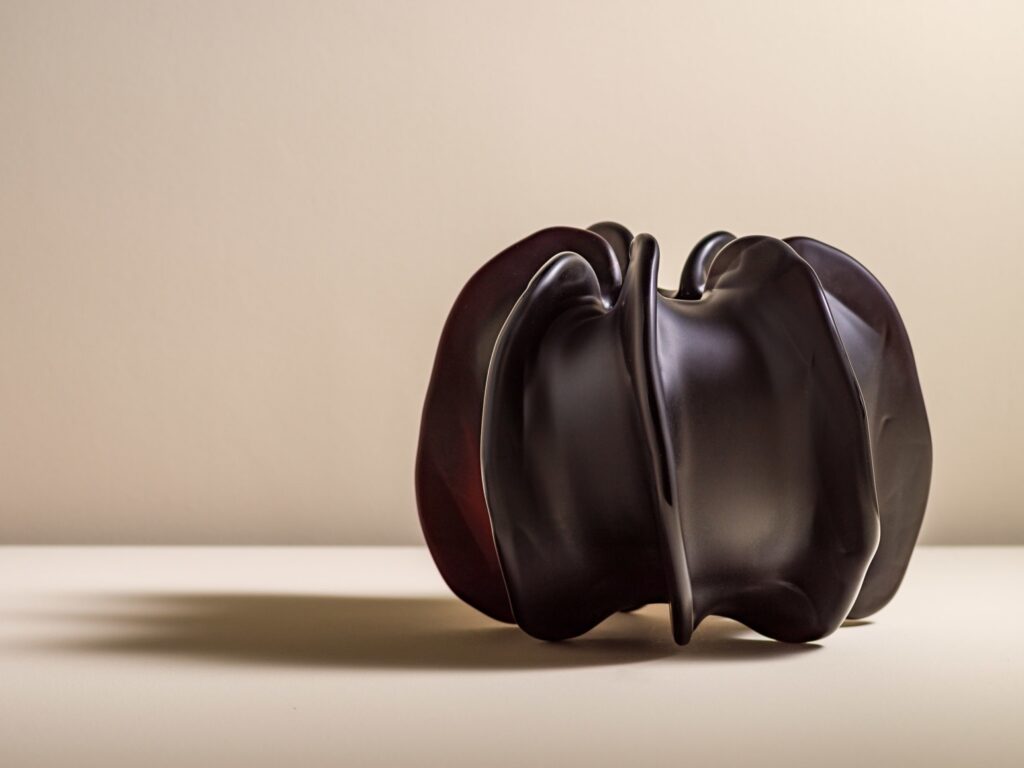
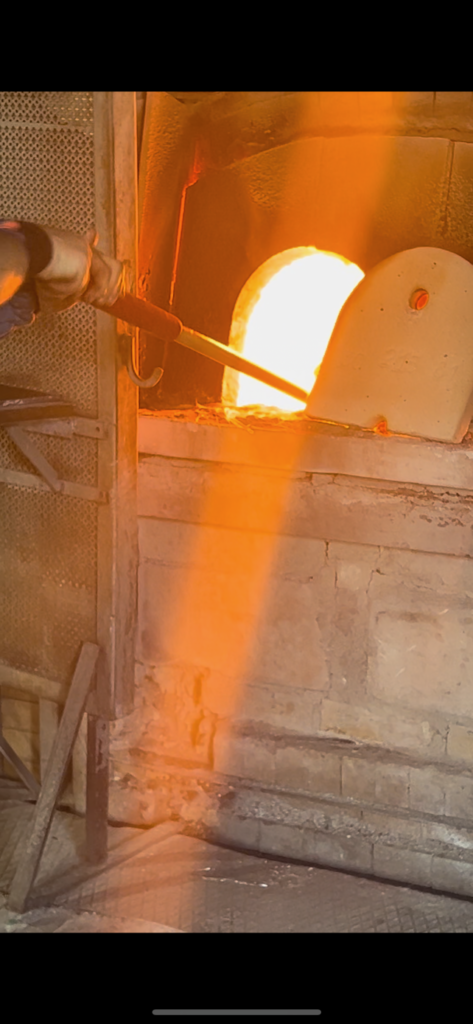
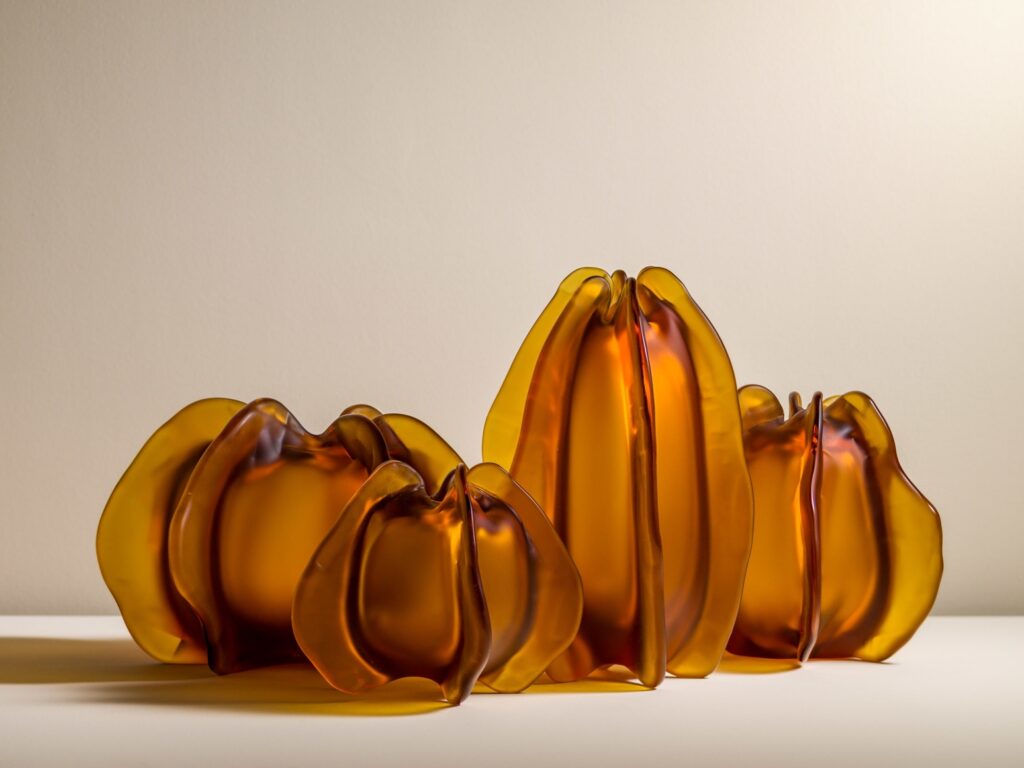
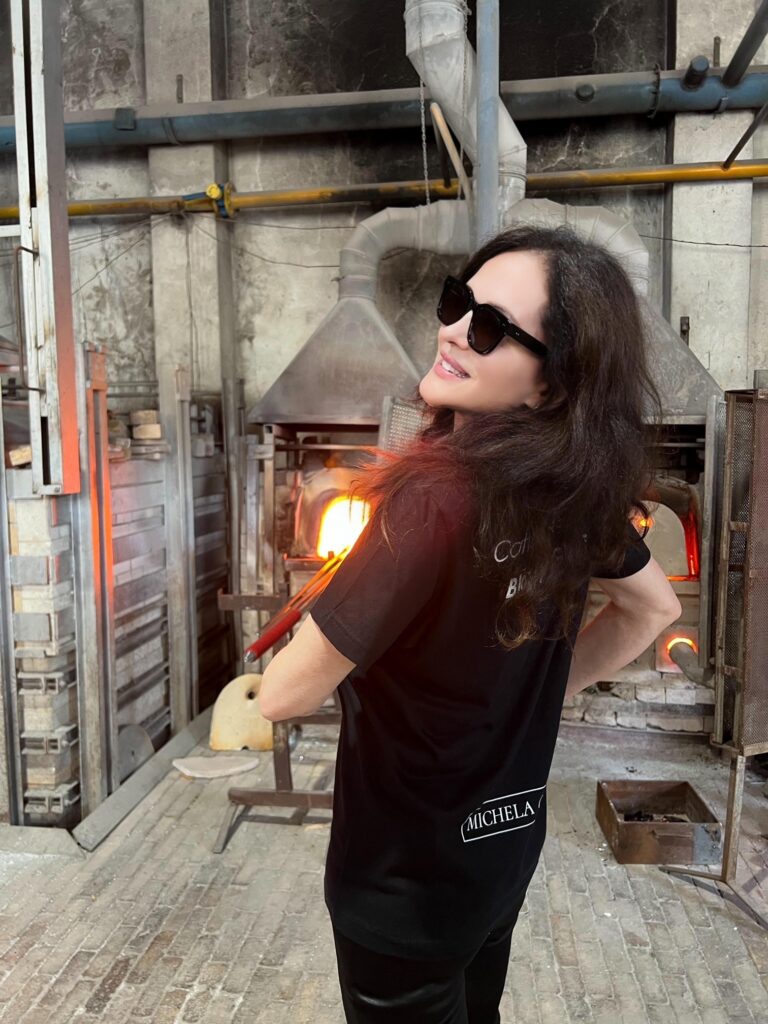
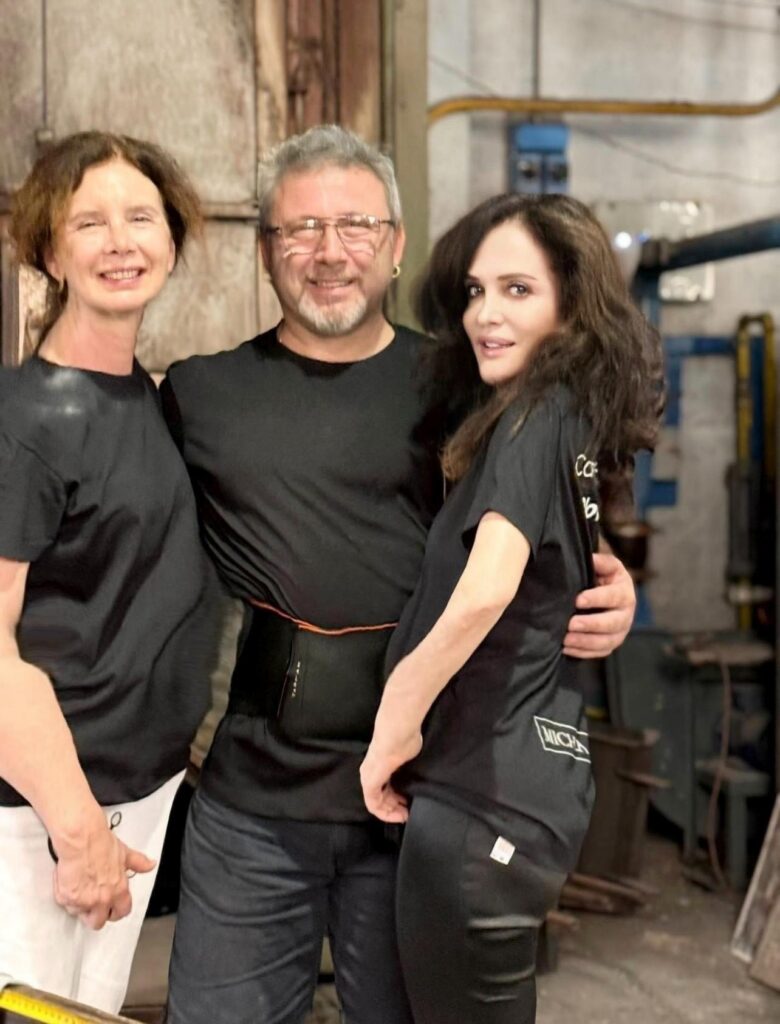

Amazing